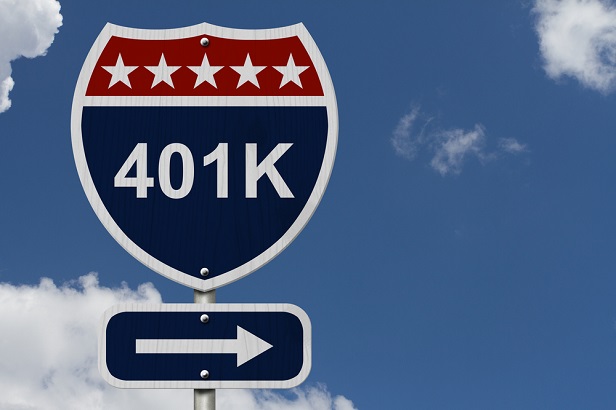 Inflation, market volatility and prospect of higher gas prices again is wreaking havoc on retirement portfolios and other savings plans. But do the ups and downs warrant a change in investment strategy?
Inflation, market volatility and prospect of higher gas prices again is wreaking havoc on retirement portfolios and other savings plans. But do the ups and downs warrant a change in investment strategy?
No, says a new T. Rowe Price 2022 U.S Retirement Market Outlook.
"We continue to suggest that workers save at least 15%, including any employer contribution, of their annual salary for retirement," says Judith Ward, Thought Leadership Director at T. Rowe Price. "This is a rule of thumb. In practice, the suggested savings rate will vary from person to person, usually increasing for people with higher incomes. For those close to retirement but unable to meet their retirement savings benchmarks, they might consider delaying retirement for a year or two, taking part-time work in retirement, or making spending adjustments."
Recommended For You
The report also notes:
- Current market volatility and lower expected returns do not warrant a change in the firm's suggested retirement saving strategies for most workers, and investors should resist the urge to react to market events in the short term.
- However, older workers, especially those close to retirement, will have less time to recoup lower returns and may need to make up that ground by increasing their savings.
- In general, 401(k) participants have been staying the course. During the first half of 2022, over 95% have not made any investment exchanges, and less than 1% of workers fully invested in target date funds made any investment changes.
"For most of the first half of 2022, average 401(k) contribution rates stayed relatively stable," says Sudipto Banerjee, Ph.D., Vice-President, Retirement Thought Leadership at T. Rowe Price. "More recently, however, the average contribution has trended slightly downward, suggesting workers may be reducing contributions to cope with inflation. If high inflation persists and the downward trend in 401(k) contribution rates is prolonged, it could become problematic because retirement savings might fall."
Related: What should employees do with their 401(k)s in this economy?
In response to these findings, Ward and Banerjee suggest that employers can help workers stay on the right path with saving for retirement through higher plan-level adoption of target date products, communicating risks to workers of trying to time the market, providing access to emergency savings vehicles, and providing access to retirement income tools, products and services. Other suggestions include:
- Retirees review their spending expectations: Based on the firm's research, a conservative approach, based on a 4% initial withdrawal rate, could be part of a sustainable spending plan, even when retirement starts in times of significant market selloffs.
- Build up their cash reserves: Workers are advised to have an emergency fund that could cover three to six months of expenses. When heading into retirement, Ward and Banerjee suggest a cash buffer that could cover one to two years of spending.
- Maintain an appropriate asset allocation for long-term success: An appropriate and diversified allocation between stocks and bonds can provide current income and stability while also offering the growth potential necessary for a long retirement.
- Leverage educational programs and build a plan: T. Rowe Price suggests savers take advantage of financial wellness education and programs offered by their employer or with their financial professional to assess options and craft a plan that works best for their personal situation.
© Touchpoint Markets, All Rights Reserved. Request academic re-use from www.copyright.com. All other uses, submit a request to [email protected]. For more inforrmation visit Asset & Logo Licensing.






